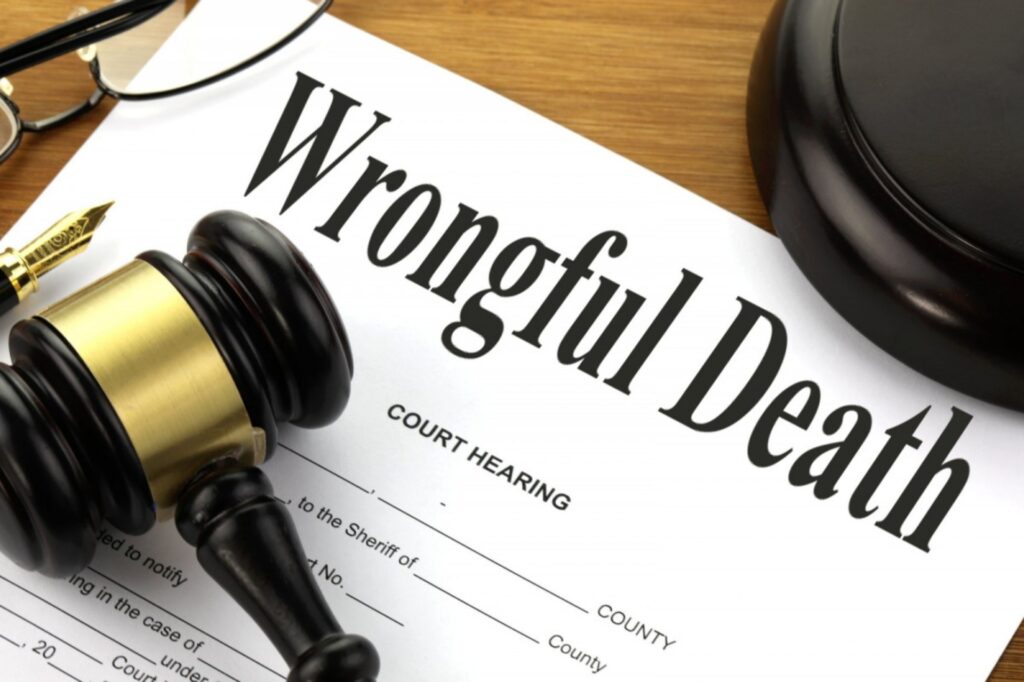Now Reading: The 3 Stages of Severity in Babies with HIE
-
01
The 3 Stages of Severity in Babies with HIE

The 3 Stages of Severity in Babies with HIE
Hypoxic-ischemic encephalopathy, a.k.a. HIE, consists of brain damage in infants caused by oxygen deprivation and limited blood circulation. The causes of cerebral palsy are the same.
According to medical experts, the condition results from an injury during the birth process. The condition is also known as perinatal asphyxia, birth asphyxia, or neonatal encephalopathy.
Fast detection and treatment of the condition can be accomplished by applying hypothermia therapy. The cooling therapy fights overexcitation of brain cells, stabilizes the blocking power of the blood-brain barrier, and suppresses inflammation and cell death.
Despite fast treatment, infants with HIE often develop permanent disorders like epilepsy, cognitive disabilities, cerebral palsy, hearing and vision problems, and other health disorders and learning difficulties. For this reason, parents must find out more about Hypoxic Ischemic Encephalopathy and its possible origin in medical malpractice. Hiring an experienced attorney is critical for dealing with the complex issues of medical malpractice and pursuing damages. Lifelong care might be necessary, and families should receive financial support from the parties at fault.
Causes of HIE
HIE can be caused by various medical complications that occur around birth. The doctor might fail to confirm the health of the mother and infant. Doctors often notice potential problems, but they cannot take them seriously enough to intervene medically. The potential causes of hypoxic-ischemic encephalopathy include:
- Complications caused by blood flow problems to the placenta
- Maternal diabetes
- Congenital fetal infections
- Maternal alcohol or drug abuse
- Preeclampsia
- Lung malformations that reduce oxygenation
- Heart disease
- Fetal anemia
The Three Stages of HIE
Doctors agree that the HIE symptoms and stages include respiratory problems, depressed muscle tone, atypical reflexes, and unusual periods of consciousness in newborns. Unfortunately, these symptoms also apply to many other metabolic and neurologic issues commonly observed in newborns. These problems can be immediately life-threatening, so they must first be ruled out.
In 1976, Sarnat and Sarnat proposed classifying HIE in stages: stage 1 or mild HIE, stage 2 or moderate-to-severe HIE, and stage 3, which is the most severe type of HIE.
Stage 1
Stage 1 HIE often results in hyper-alert infants who tend to be fussy, cry frequently, and have difficulty feeding and sleeping. The infants also have decreased muscle tone and deep tendon reflexes. Most symptoms of mild HIE disappear in about 24 hours, but each symptom should be noted and managed.
Stage 2
Stage 2 HIE results in lethargic behavior and hypotonia, which is muscle weakness. Infants might have difficulty gripping objects with their hands, trouble breathing, and disinterest in sucking. In addition, some stage 2 infants show signs of the Moro Reflex – the sudden feeling of falling. The first two weeks are critical for monitoring and treating stage 2 HIE infants.
Stage 3
Stage 3 HIE produces frightening symptoms – such as coma-type stupors, unresponsiveness to physical stimuli, depressed deep tendon reflexes, and extreme difficulty in breathing. Moreover, infants often have dilated, fixed, or unresponsive pupils, delayed seizures, and irregular heartbeats. Severe stage 3 HIE can cause permanent disabilities or death. Therefore, it’s vital to monitor all symptoms and organize an effective treatment plan.
Goals of Careful Monitoring and Treatment
According to experts in HIE follow-up, HIE can be a mixed bag for parents to manage. Mild case symptoms often disappear on their own in a short time, but severe cases can result in permanent injuries and a lifetime of care. That’s why it’s important to get an accurate diagnosis of the stage of HIE your infant has.
Follow-up care depends on close observations, careful monitoring, and developing a strong treatment plan for early intervention.
Overall, caring for a baby with HIE is not an easy feat. Contact a specialized attorney to understand your legal options if you suspect birth injuries linked to medical negligence. Sometimes, there is nothing you can do about it, but other times, you could seek justice for your family and seek compensation. Your lawyer will tell you if you have grounds for a claim or lawsuit and be there by your side every step of the way.
Author:
As a journalist, Leland Bengtson dedicated most of his career to law reporting. His greatest satisfaction is to convey legal matters to the public in a language that they can understand. He is active on various platforms and media outlets, writing about common legal issues that
people confront with every day. While medical malpractice is his strong suit, Leland covers plenty of other topics, including personal injury cases, family law, and other civil and even criminal legal matters.










